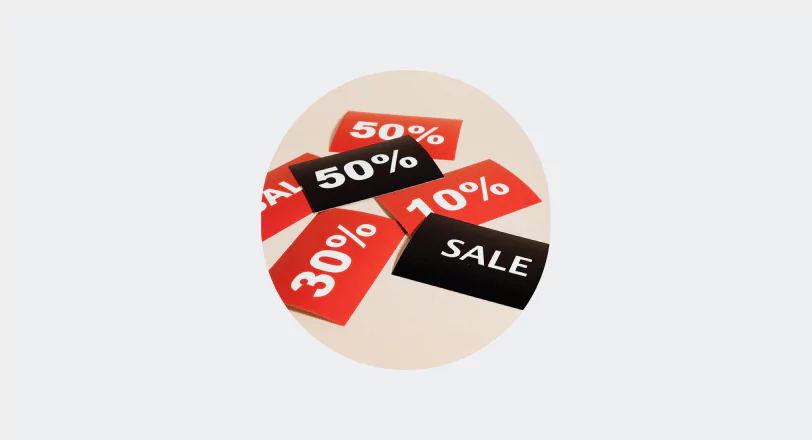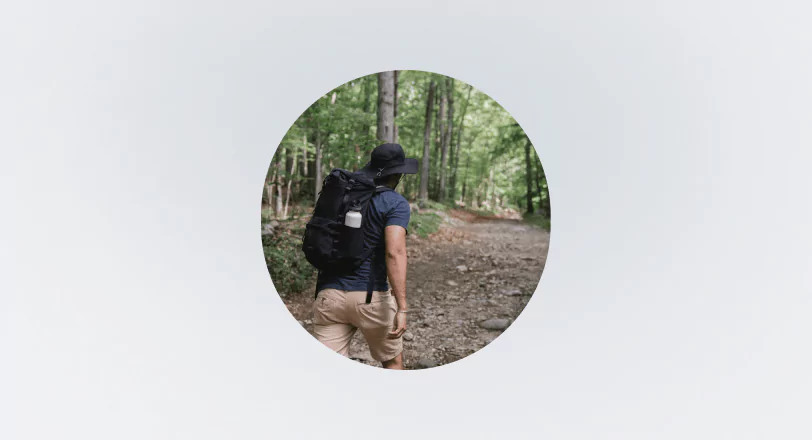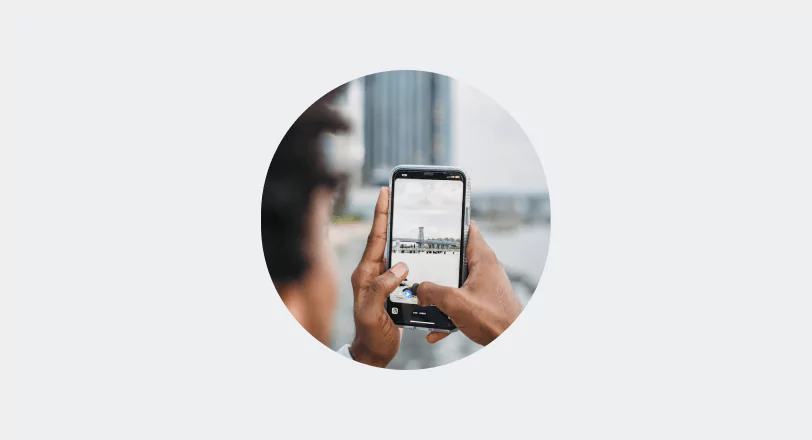If you're like most tour operators, you’re always looking for ways to increase bookings, improve profit margins, and stand out in a competitive market. But with rising marketing costs and shifting traveler expectations, finding sustainable growth strategies can be challenging.
What if there was a way to increase sales, enhance customer experiences, and gain a competitive edge and all without dramatically increasing your expenses? The secret is strategic partnerships with attractions.
Attractions like museums, theme parks, historical sites, or adventure parks are always looking for ways to bring in more visitors. When done right, a partnership between a tour operator and an attraction creates a win-win situation. The outcomes are more value for customers, more bookings for your business, and more revenue for both parties.
In this article, you’ll learn seven proven strategies to build profitable partnerships with attractions. These are actionable and real-world tactics that have helped tour operators grow their businesses. By the end, you’ll know exactly how to approach attractions, structure partnerships, and watch your revenue skyrocket.
Strategy 1: Create Exclusive Ticket Bundles

One of the most effective ways to build a profitable partnership with attractions is by offering exclusive ticket bundles. Travelers love convenience and value, and bundling your tours with attraction tickets can make your packages more appealing while increasing sales for both you and the attraction.
How It Works

Instead of selling your tour and attraction tickets separately, you package them together at a special price. For example:
- A city tour that includes fast-track entry to a famous museum
- A wine-tasting tour paired with an exclusive vineyard experience
- A guided hike that includes a ticket to a nearby national park
By bundling, you create a seamless experience that saves travelers time and money, making your offer more attractive than booking each component separately.
Tips for Success

- Negotiate a Discounted Rate – Attractions may offer a lower ticket price when bought in bulk, allowing you to pass some savings to customers while increasing your profit margin.
- Highlight the Convenience – Market the bundle as a hassle-free, all-in-one experience that eliminates the need for separate bookings.
- Offer Limited-Time Deals – Create urgency by promoting seasonal or limited-time bundles to drive more sales.
Bundling is about enhancing the traveler’s experience while boosting revenue for both you and your attraction partner.
Strategy 2: Cross-Promotion and Co-Marketing

A strong partnership is about leveraging each other’s audiences to increase visibility and bookings. Cross-promotion and co-marketing allow both tour operators and attractions to reach new potential customers without spending extra on advertising.
How It Works

Cross-promotion involves mutually promoting each other’s services through various marketing channels. Here are a few effective ways to do this:
- Website & Social Media Shoutouts – Feature your partner attraction on your website, blog, and social media, and have them do the same for you.
- Email Marketing Collaboration – Send a joint email campaign promoting special offers, exclusive packages, or seasonal deals.
- In-Person Promotion – Have the attraction display your brochures at their ticket counters while you do the same for them at your tour meeting points.
- Joint Advertising – Split the cost of digital ads that highlight both the tour and attraction, making promotions more cost-effective.
Tips for Success

- Promote Each Other’s Strengths – Make sure the messaging highlights the unique benefits of both the tour and the attraction to create a compelling offer.
- Use Multiple Channels – Don’t just rely on one method; combine digital (social media, email) with offline (brochures, posters) for maximum impact.
- Track Engagement & Sales – Monitor which co-marketing efforts generate the most bookings so you can optimize future campaigns.
Cross-promotion is a cost-effective way to expand your reach, build credibility, and increase sales. All of these strengthening your relationship with your attraction partners.
Strategy 3: Revenue-Sharing Agreements

Another powerful way to create a win-win partnership with attractions is by setting up a revenue-sharing agreement. This strategy allows both parties to earn more while reducing financial risk, making it a highly attractive option for long-term collaboration.
How It Works

A revenue-sharing agreement means that both you and the attraction earn a percentage of sales whenever you refer customers to each other. Here are a few ways this can be structured:
- Commission-Based Referrals – You receive a commission for every customer you send to the attraction, and vice versa.
- Joint Ticket Sales – Each business gets a percentage of revenue when customers purchase a bundled experience.
- Affiliate Programs – Use trackable links or promo codes to monitor referrals and compensate accordingly.
For example, if you operate city walking tours and partner with a local museum, you could earn a percentage of every ticket sold when your customers visit the museum through your referral. Similarly, if the museum recommends your tours to its visitors, they get a cut from each booking.
Tips for Success

- Set Clear Terms – Define the commission percentage, payment structure, and tracking method to avoid disputes.
- Use Digital Tracking Tools – Implement affiliate links, QR codes, or unique promo codes to monitor sales accurately.
- Ensure Fair Value Exchange – Make sure both sides are benefiting equally to maintain a strong, lasting partnership.
Revenue-sharing agreements create a steady income stream for both parties, strengthening your relationship with attractions while increasing your bottom line.
Strategy 4: Offer VIP Access and Special Experiences

Travelers are always looking for unique, memorable experiences, and exclusive perks can be a major selling point for your tours. By partnering with attractions to offer VIP access or special experiences, you create a high-value offering that sets your business apart from competitors.
How It Works

Instead of just including standard attraction tickets in your tours, you negotiate with attractions to provide exclusive benefits for your customers. Some ideas include:
- Skip-the-Line Access – Let your tour groups bypass long queues at popular attractions.
- Behind-the-Scenes Tours – Offer access to restricted areas or private tours guided by an attraction expert.
- Early or After-Hours Entry – Arrange for your guests to experience an attraction before or after regular hours for a more intimate experience.
- Special Meet-and-Greets – Organize exclusive interactions with key figures, such as curators at museums or animal trainers at wildlife parks.
For example, if you run city history tours, you could partner with a historic landmark to offer a private guided tour of areas not open to the public. This added value makes your tour a premium choice for travelers willing to pay extra for a unique experience.
Tips for Success

- Highlight the Exclusivity – Promote these experiences as “limited access” or “VIP-only” to create urgency and increase perceived value.
- Test Different Perks – Experiment with various VIP benefits to see what resonates most with your audience.
- Charge a Premium Price – Travelers are willing to pay more for exclusive experiences, so don’t be afraid to set a higher price point.
VIP access and special experiences turn ordinary tours into unforgettable ones and it makes your business more desirable while strengthening your relationship with attraction partners.
Strategy 5: Host Joint Events and Themed Tours

Partnering with attractions to host special events or themed tours is a great way to create buzz, attract new customers, and increase revenue. Travelers are always looking for unique, limited-time experiences, and a well-planned event can make your tour stand out.
How It Works

You collaborate with an attraction to design a special event or themed tour that combines both of your offerings. Some ideas include:
- Seasonal or Holiday-Themed Tours – Create a haunted tour with a historic site for Halloween or a festive lights tour with a botanical garden during the holidays.
- Exclusive After-Hours Events – Partner with a museum or cultural site to offer a private, guided experience at night.
- Food & Drink Pairings – Team up with a local winery, brewery, or restaurant for a tour that ends with an exclusive tasting experience.
- Live Performances or Demonstrations – Work with attractions to include live reenactments, expert talks, or performances that enhance your tour.
For example, a tour operator in a historic city could partner with a local castle to offer a medieval-themed dinner experience after a guided history tour. The attraction gains more visitors, and the tour operator creates a premium, memorable experience that justifies a higher price.
Tips for Success

- Make It a Limited-Time Event – Scarcity drives demand, so promote your event as a one-time or seasonal experience to boost bookings.
- Leverage Social Media & Local PR – Announce your event on social media, collaborate with influencers, and pitch it to local media for free publicity.
- Offer Exclusive Perks – Include special souvenirs, discounted future tours, or VIP access to create extra value for guests.
Joint events and themed tours help you generate more revenue. Also, strengthen your partnerships with attractions and establish your business as an innovative, experience-driven brand.
Strategy 6: Leverage Digital Integration and Referral Systems

Technology plays a crucial role in modern tourism. Thus, integrating digital tools into your partnership can make it easier to drive bookings and track referrals. By setting up an automated referral system and seamless digital booking options, both you and your attraction partners can increase sales with minimal effort.
How It Works

Digital integration involves using online platforms, apps, and referral links to streamline how customers discover and book your tours and attraction experiences. Some ways to implement this include:
- Online Booking Integrations – Sync your tour booking system with the attraction’s website so customers can book both experiences in one transaction.
- Referral Links & Promo Codes – Use trackable links and discount codes to measure referral success and reward high-performing partners.
- Affiliate Programs – Create an affiliate system where the attraction earns a commission for every customer they send your way (and vice versa).
- QR Codes at Attractions – Place scannable QR codes at attraction entrances or gift shops, linking visitors directly to your tour booking page.
For example, if you partner with a popular aquarium, you could embed a direct booking link for your marine wildlife tour on their website. Visitors who check out the aquarium’s page can instantly see and book your tour, which leads to increased conversion rates.
Tips for Success

- Use Trackable Technology – Implement Google Analytics, affiliate tracking software, or booking platform integrations to monitor referral performance.
- Offer Incentives – Give discounts or exclusive bonuses to customers who book through a referral link to encourage conversions.
- Keep the Booking Process Simple – Make sure that digital booking options are user-friendly and mobile-optimized to reduce drop-off rates.
By leveraging digital tools and referral systems, you create an effortless, scalable way to increase bookings while strengthening your partnerships with attractions.
Strategy 7: Utilize Data Sharing and Customer Insights

One of the most valuable yet underused strategies in tourism partnerships is data sharing. By exchanging customer insights with attractions, you can refine marketing efforts, tailor your offerings, and increase sales through data-driven decision-making.
How It Works

Data sharing involves collaborating with attractions to analyze customer behavior, preferences, and booking patterns. Some ways to implement this include:
- Sharing Audience Demographics – Understanding customer age, location, and interests helps both businesses target the right travelers.
- Analyzing Booking Trends – Identifying peak seasons, popular ticket bundles, and preferred tour lengths allows you to optimize pricing and scheduling.
- Tracking Customer Feedback – Collecting and exchanging reviews and survey data helps improve both the tour and attraction experience.
- Retargeting & Email Campaigns – Attractions can share customer contact lists (with consent) for email marketing, allowing you to promote exclusive deals to a highly relevant audience.
For example, if you partner with a theme park, they may share data on the most popular visitor age groups and travel seasons. This allows you to adjust your tour packages to better fit those demographics, leading to higher conversion rates.
Tips for Success

- Use a Secure Data-Sharing System – Platforms like Google Analytics, CRM software, or booking system integrations ensure privacy and compliance.
- Focus on Actionable Insights – Avoid overwhelming data dumps; instead, share key takeaways that directly impact sales and customer satisfaction.
- Respect Customer Privacy – Ensure that any shared data follows privacy laws (such as GDPR or CCPA) and is used ethically for mutual business growth.
By leveraging customer insights, both tour operators and attractions can enhance their offerings, improve marketing strategies, and increase revenue in a way that benefits both businesses and travelers.
Conclusion
Strategic partnerships between tour operators and attractions create win-win opportunities, expanding reach, increasing bookings, and enhancing traveler experiences. By bundling tickets, cross-promoting, and setting up revenue-sharing agreements, both businesses can drive more sales while adding value for customers.
VIP access, themed events, and digital integration make tours more appealing and easier to book. Sharing data and insights helps refine marketing efforts and ensures long-term success. The key is mutual benefit. When both partners gain, the collaboration thrives.
Now is the time to take action. Reach out to attractions, explore partnership opportunities, and implement these strategies. The right collaborations can transform your business and boost your revenue.





